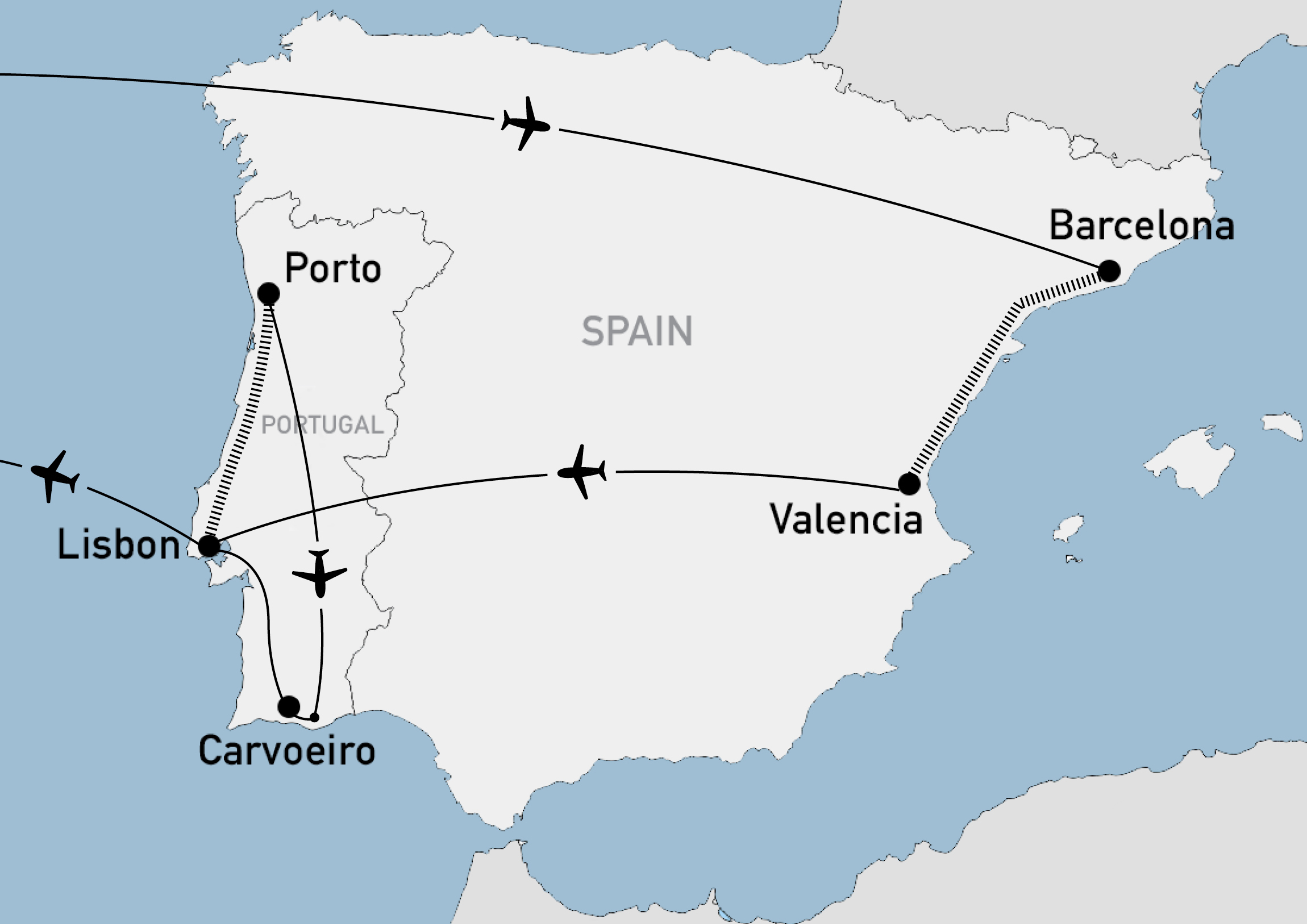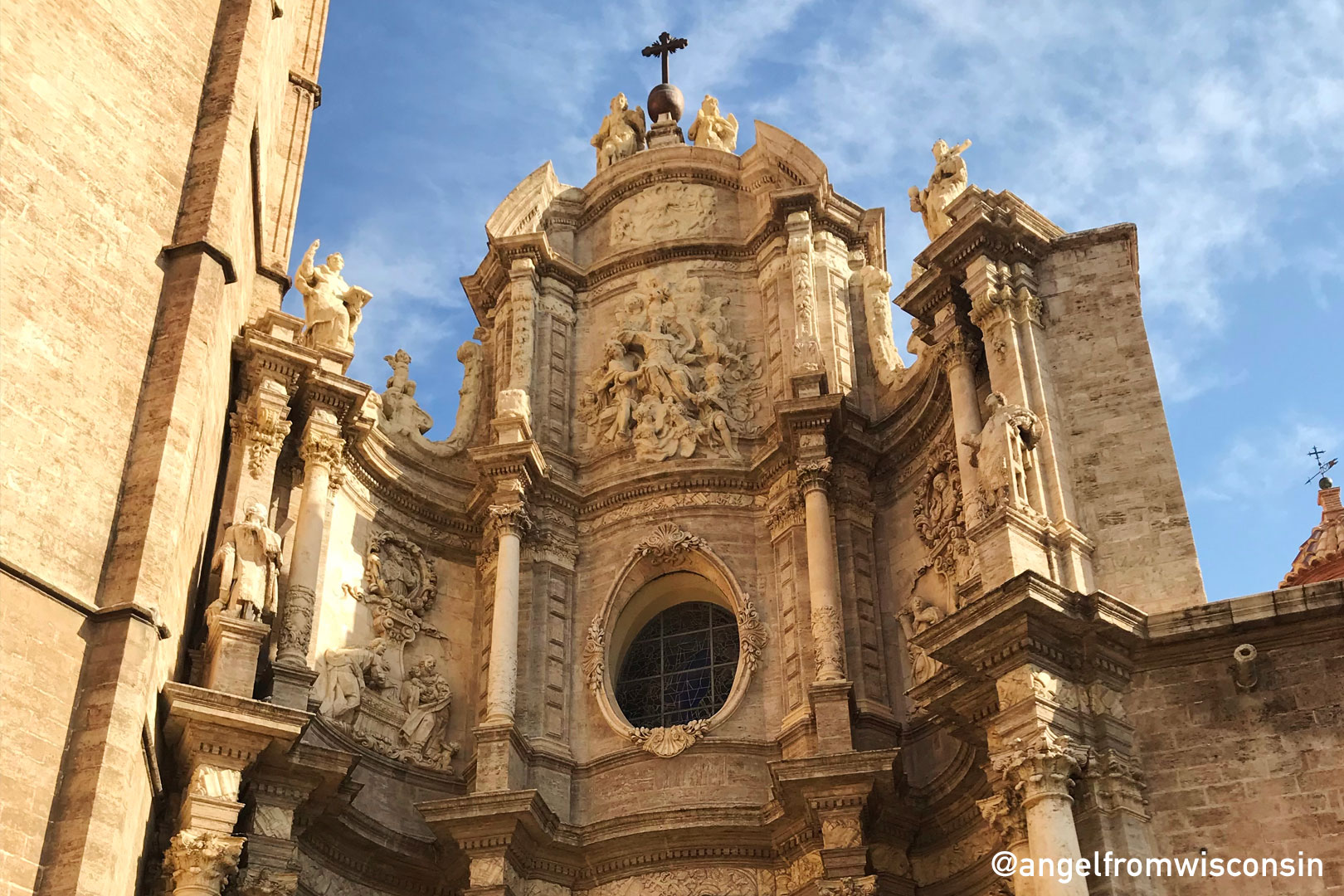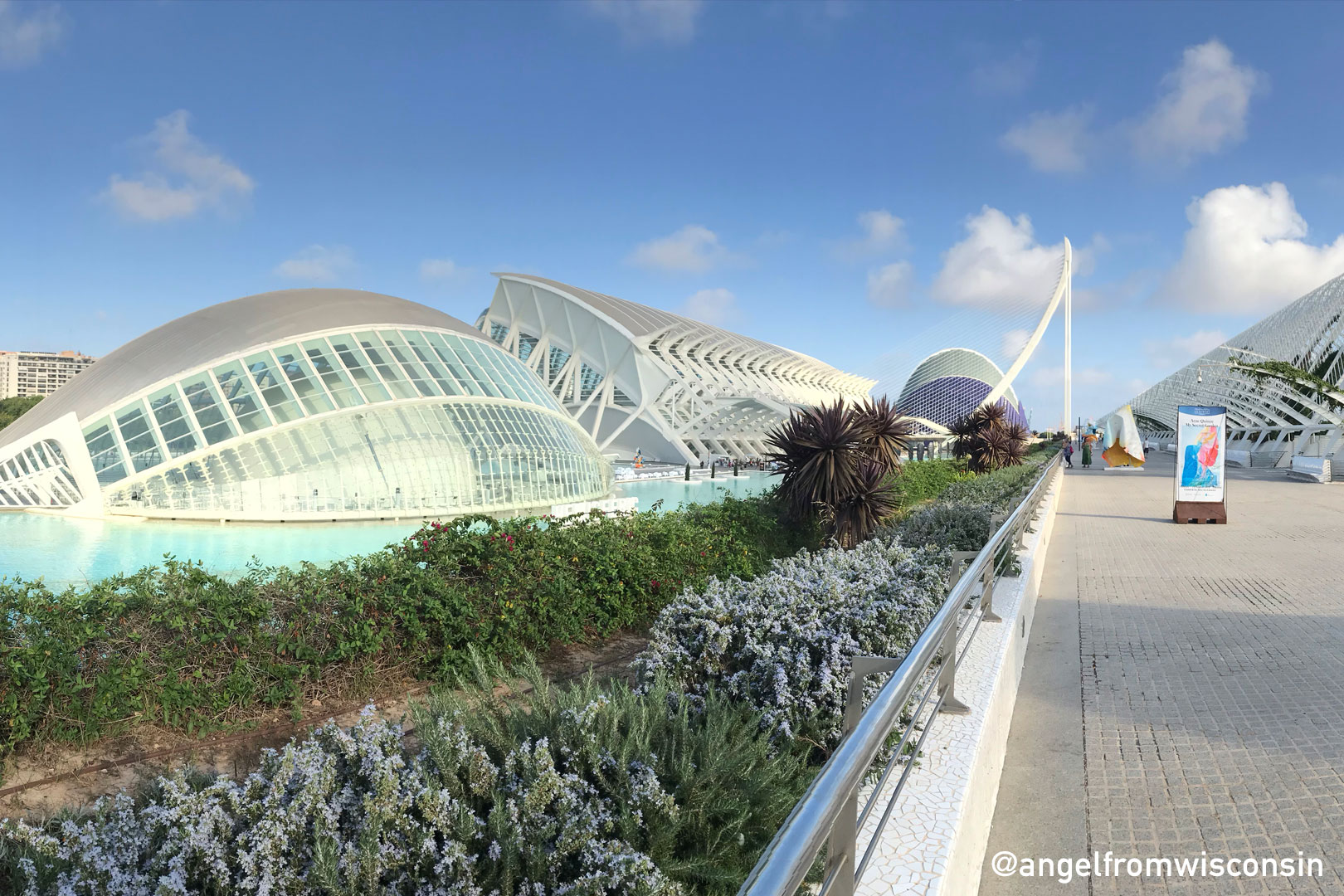Barcelona, Spain
09.28.2019
Barcelona is home to many well-known buildings, most notably the ones designed by Antoni Gaudi, an architect distinguished by his art nouveau style. As long as you are armed with a metro pass, which costs just 15 euros for an unlimited two-day pass, visiting many of his most famous works is within easy reach. We visited Park Guell, Casa Batllo, and Sagrada Familia and each was a unique and intricate experience.
Park Guell

Park Guell is an absolute gem for the city of Barcelona. It’s a 42 acre park that sprawls out over the side of a hill which overlooks the city with the Mediterranean Sea glistening in the distance. It’s also protected by UNESCO as a cultural asset and is utilized by much of the city as an actual park, not just a tourist destination. After a long uphill climb to one of the back entrances to Park Guell we were greeted by this fantastic view which teased us with a glimpse of Sagrada Familia reaching high above its neighboring buildings.



Next, we meandered down through the winding park toward what every other tourist wants to see here, the colorful benches and cute gingerbread-like houses topped with shimmering tile roofs. The beautiful benches are a mosaic masterpiece of bright patterns that weave in and out like a slithering snake along an elevated platform which overlooks the city. The houses are small but unique in shape and design, with more colorful mosaic tiles making up the rooftops and spire.
This colorful area of the park takes up a very small percentage and is where Gaudi and the Count of Guell, one of Gaudi’s clients, used to live. Tickets do need to be purchased in advance to gain access to the inner-most part of this area but it is possible to see the benches from the park trail and see the exterior of the houses from a public road. Park Guell Official Website.
Casa Batllo

Casa Batllo is a bit of a hidden gem as it is simply a house with a unique facade smashed between two other buildings on a typical city block. In fact, the only way you would ever guess you are going to be greeted with a special site is by the crowd of people standing on the sidewalk, looking up.
The street view of Casa Batllo alone is amazing. It has an organic bone or skeletal appearance that is further beautified by the use of small ceramic tiles. You can stand and stare at this beautiful restoration for as long as you like and, if you are lucky, you may find an empty seat on one of the street-side benches. Tickets may be purchased to tour the inside of the house which is just as artistic as the front facade. Casa Batllo is not difficult to find, it’s right across the street from the Passeig de Gracia metro stop. Casa Batllo Website.
Sagrada Familia


Sagrada Familia is an icon of Barcelona and is one of the most beautifully designed churches I have ever seen. It is recognized as a minor basilica, protected by UNESCO, and it also happens to still be under construction. Its construction completion target is 2026, the year that marks the centennial of Antoni Gaudi’s death, which means this church will have been under construction for almost 150 years, baring slight interruptions like the Spanish Civil War.
Our first glimpse of this church was from the staircase leading up from the underground metro. Once we were able to find a place to stop on the sidewalk without blocking others’ way we were looking straight up at this immense structure that took up the entire city block and had too many details to fathom. The tall, narrow towers were reaching for the heavens, stained glass was ablaze from the small windows, and the front entryway was grand and reflected Gaudi’s nature-inspired style.

A walk around the Sagrada Familia overwhelms you with its intricate details and also gives you a visible timeline of construction. Some of the towers look dark and worn while others are obviously fresh and bright. The sidewalks are packed with people craning their necks and snapping pictures, but getting a descent picture is nearly impossible. I fought the crowd for some of my pictures but I believe your best bet for a great Sagrada Familia picture is actually from one of the parks that bookend the church on either side. The towers are so tall the church almost looks more magical when it peers up from behind the surrounding trees.


Advance purchase tickets are required to go inside the Sagrada Familia and, due to a lost train ticket, we were unable to attend our tour time. This greatly upset me as I really wanted to experience going up in one of the towers and see the nave, altar, and stained glass from the inside. However, to help make up for this blunder, an extra visit to this place at night gave us an uncrowded view of this spectacular structure. The stained glass was glowing, the fruit topiaries were illuminated, and the numerous towers were striking against the starry sky. Sagrada Familia Website.
Antoni Gaudi’s buildings are must-see structures when visiting Barcelona. His work has a fantastic and distinctive style that I believe anybody can enjoy. He was obviously a talented man ahead of his time and it is great to see a city support the vision of an artist. You can visit all three of these places in a single day if you plan ahead, wear a pair of comfortable shoes, and utilize your metro pass.


